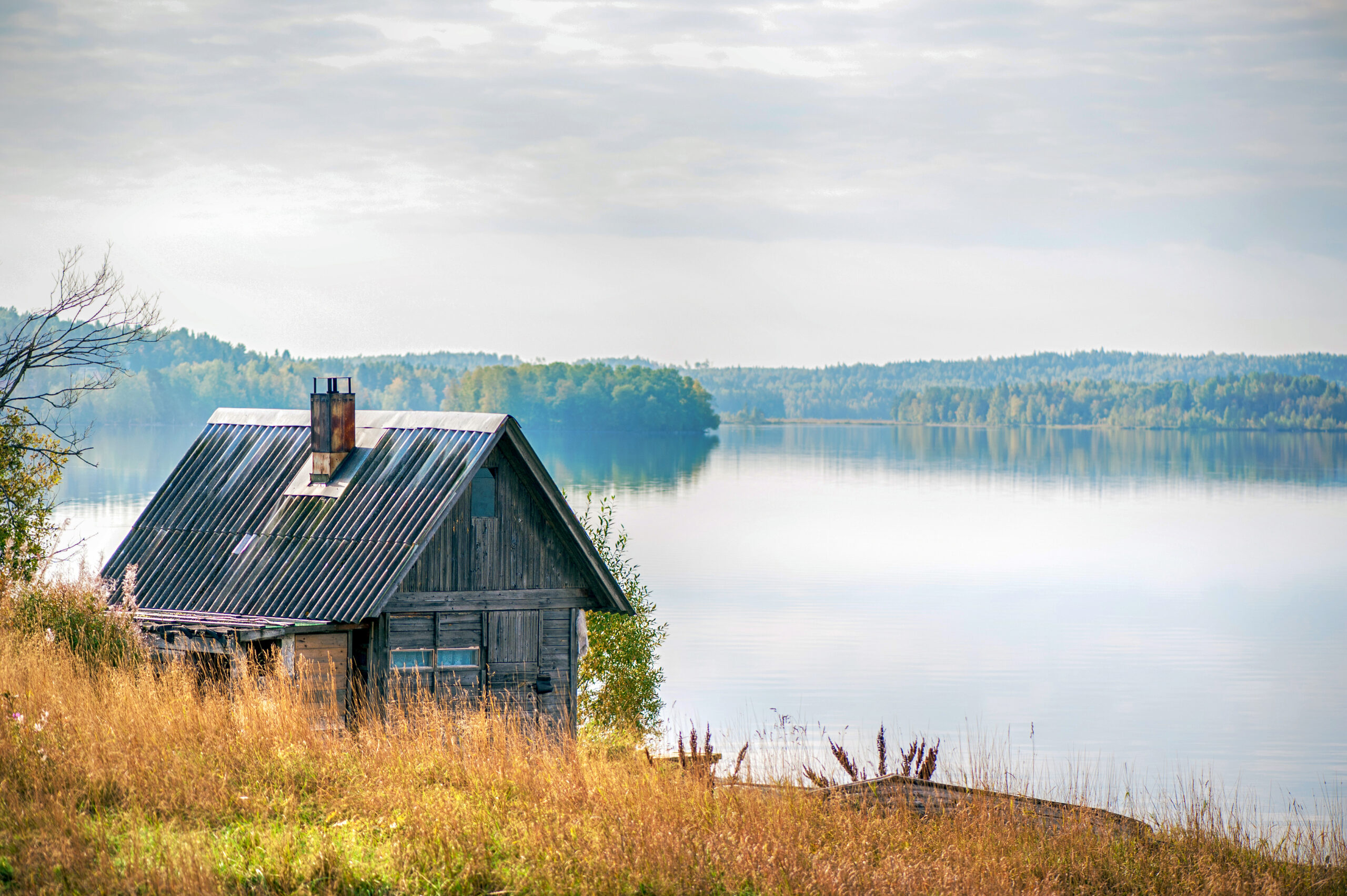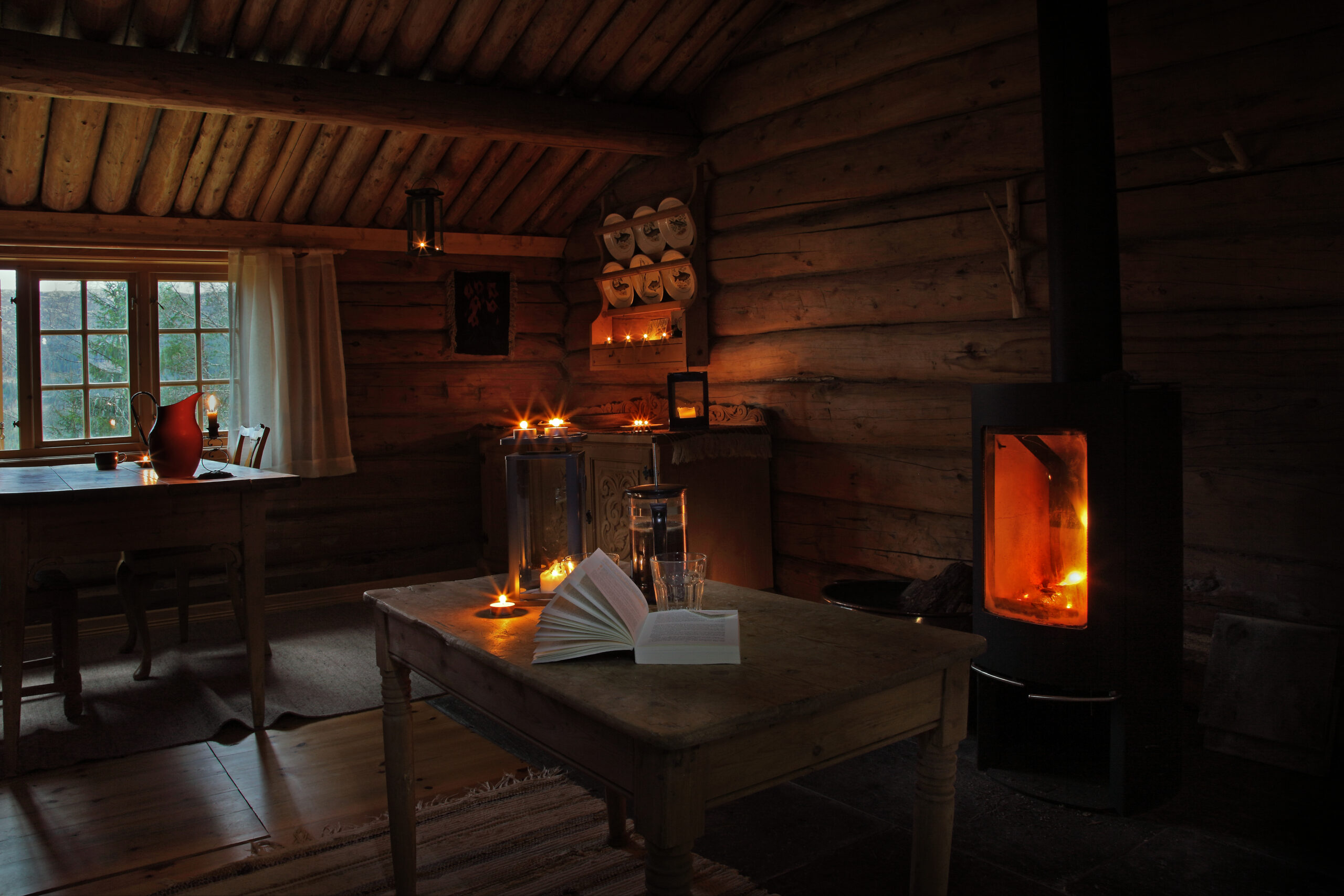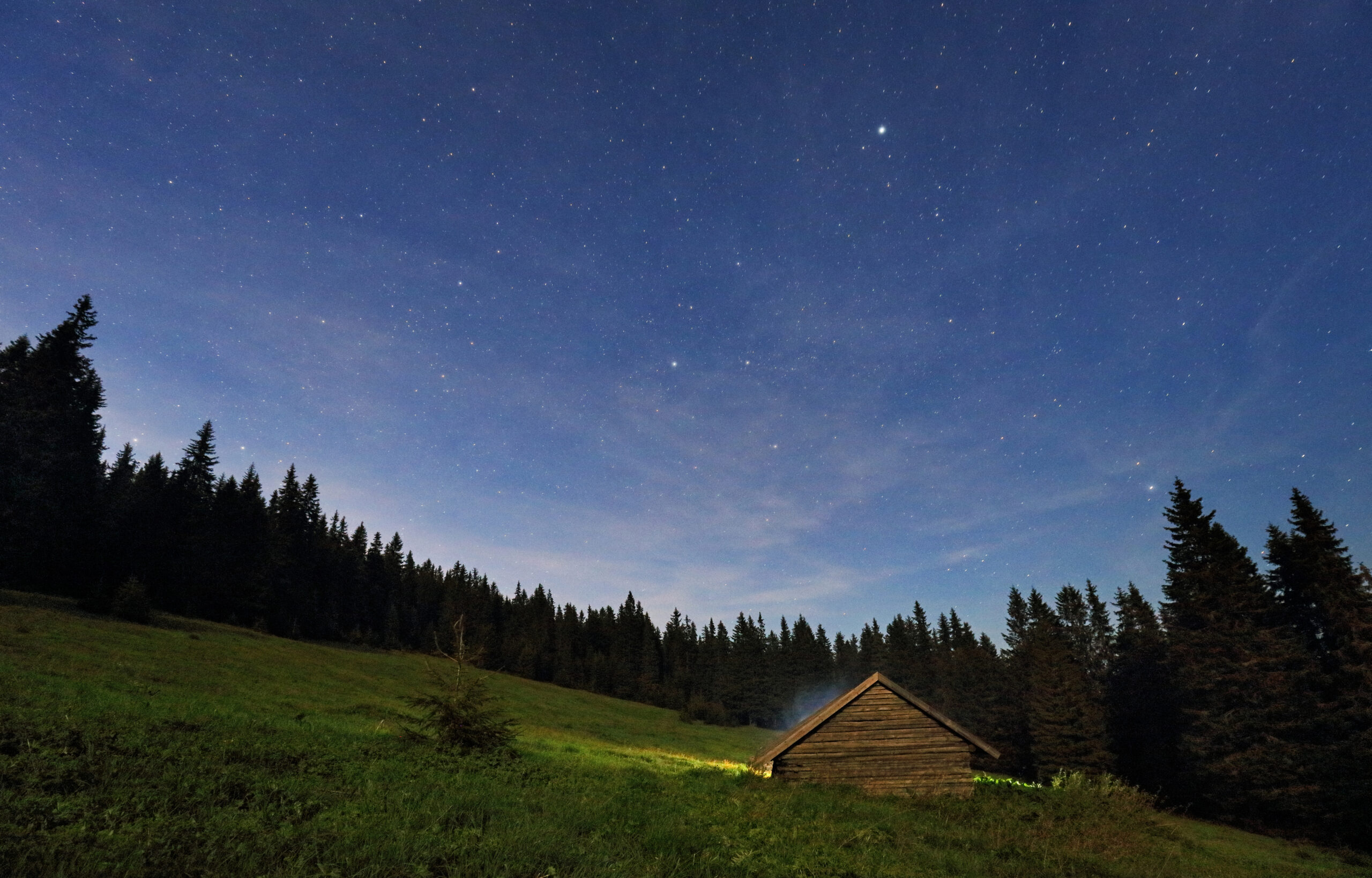A Beginner’s Guide to Cottagecore
Even if you don’t realize, you’ve definitely seen it: cottagecore, the latest aesthetic trend sweeping Generation Z. It comes in earth tones, in pastels, in eyelet dresses and crowns of daisies–the new ideal of living. But what makes something cottagecore? And what’s so great about running away to live in a shack in the woods? Read on for the lowdown on this new old-fashioned style of art and living.

What Is Cottagecore? Think-- Your Grandma, BUT Make It Trendy.
Take it straight from the internet’s Britannica–Wikipedia says that cottagecore “celebrates an idealized rural life,” that it “values traditional skills and crafts” and satisfies “a desire for ‘an aspirational form of nostalgia’ as well as an escape from many forms of stress and trauma.” And that sounds great; cheaper than therapy at least. But what exactly does cottagecore entail?
Picture this: a little wooden house with whitewashed walls, far out in the uncharted backwaters. Kitchen walls hung with drying herbs, mismatched stoneware on the table, sun tea steeping on the sill. Imagine a porch swing, an overgrown garden, a foraging basket. Picture, in short, a pastoral day at home in the countryside, and you’ve got the shape of it.
More or less anything can be cottagecore–a book, a piece of home decor, an afternoon activity. The unifying principle is a kind of dreamy bohemian cheer, a plucky do-it-yourself simplicity. Baking bread at home is cottagecore, and eating it outside on a picnic blanket is as well. The muted, gentle colors of the earth are cottagecore–dusty pinks, golden yellows, sage greens. Cottagecore can be found anywhere, so long as it inspires a sense of bucolic peace.
At its, well, core, cottagecore is the romanticization of a life that none of its proponents have likely ever known–rural, slow, and kind. It is an antithesis to the swift brutality of the real world, the overwhelm of modern living, the inescapable sleekness and minimalism that follows from it all. In short, cottagecore is an art movement as much as it is an escape.
Cottagecore AV Club
Because cottagecore is a form of escapism, it comes as no surprise that a central part of the movement is appreciating media that supports the aesthetic.
If you’ve been on Pinterest or any other image-sharing social media site in the past year or so, you’ve probably seen an illustration or two from the Frog and Toad books. Alfred Lobel’s classics are quintessentially cottagecore, with cheerful homespun illustrations, simple prose, and gentle conflicts. Not just because of the way it looks, the Frog and Toad series has been adopted by cottagecore because all of the eponymous amphibian’s problems are excellent problems to have. A life lived trying to decide how to resist devouring the last cookie must be a peaceful life indeed.
Cottagecore darlings trend towards the nostalgic, the cheerful. All adaptations of Tove Jansson’s Moomin franchise are much appreciated, particularly the 1990 anime. Films from Studio Ghibli fill out the roster, being peaceful stories of friendship and love, beautifully presented. But not all cottagecore media is ‘kid’s stuff,’ either. Many cottagecore enthusiasts swoon over the work of authors like Jane Austen, who present easygoing romance plots with wit, delicacy, and antique charm.
It may seem ironic, but more modern forms of entertainment can be cottagecore as well. Oftentimes, the escapism central to the movement is found in pastoral video games, like the Animal Crossing and Story of Seasons franchises, as well as indie smash-hit Stardew Valley. Cottagecore gaming is a peaceful experience, furnished with simulator games that emulate the bucolic lifestyles many cottagecore adherents may not be able to achieve in reality.
…Why Cottagecore?
It may seem counterintuitive: a movement of urbanized digital natives, reaching almost desperately for a life that’s the antithesis of what they’ve always known. Sure, cottagecore is about creature comforts, about tea and cookies and cozy quilts, but rural living excludes many of those amenities as well. For a community largely connected by social media, it seems strange that they’re all so keen to move to a place with less-than-stellar internet.
Additionally, the romanticism expressed by cottagecore practitioners can ring a little hollow. The cottagecore lifestyle is a nostalgic one for sure, but what about the realities of pastoral living, of antique times? It’s safe to say that many in the cottagecore community have never shoveled horse manure, and it only becomes more confusing when one thinks that cottagecore’s strongest proponents are young women and LGBT+ people. “Going back to a simpler time” would only mean oppression for them.
The answer is, simply, that they don’t care. Cottagecore isn’t really about running away to the countryside–it’s about reconciling the soul to the demands of modern life. If a person can take one step away from the frenetic outside world, and can look toward a more peaceful existence, what does it matter if they’re wearing rose-colored glasses to do it?




Love this article! More like this, please. Very well written, wonderful explanation of cottagecore and all its diversity! Very engaging piece, makes me want to read more — and take on some home decor projects!
For More Photos Here is an interesting Pinterest page highlighting Cottagecore: https://www.pinterest.com/mouselibrarian/cottagecore-house/